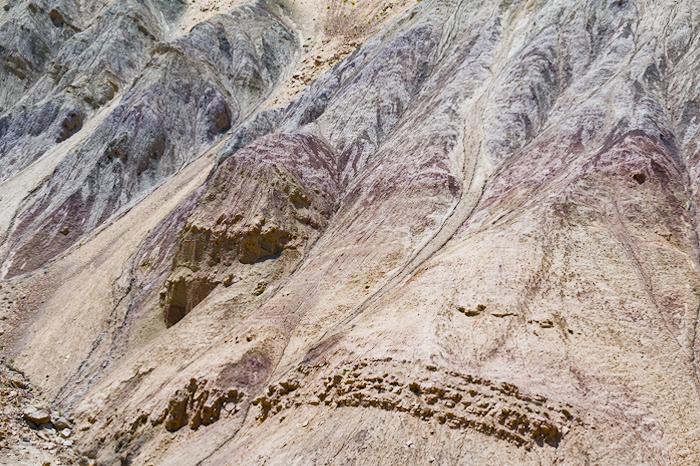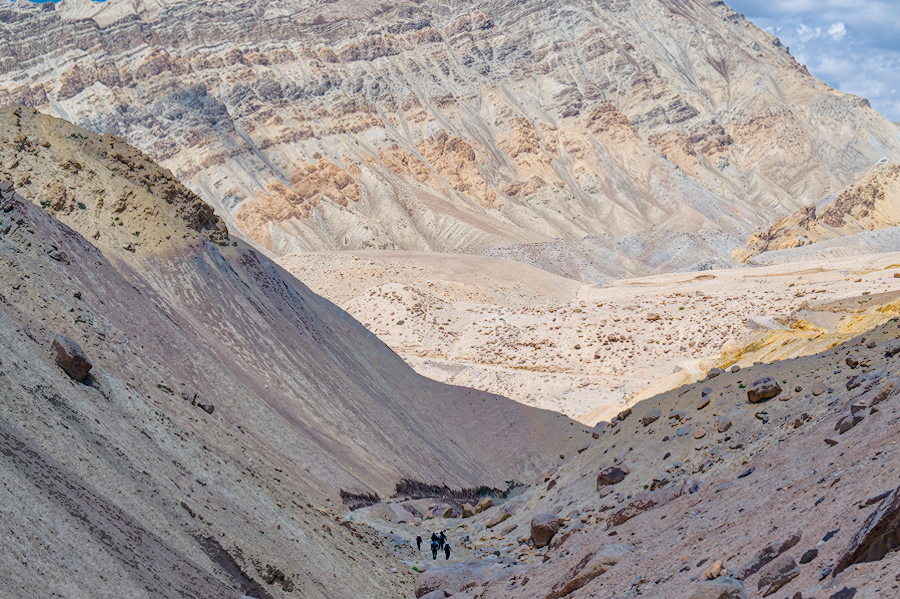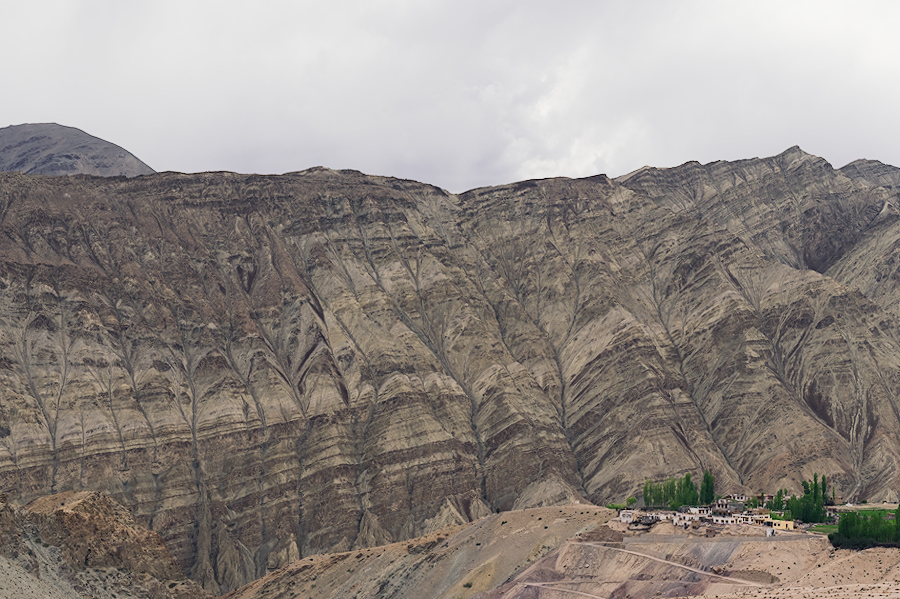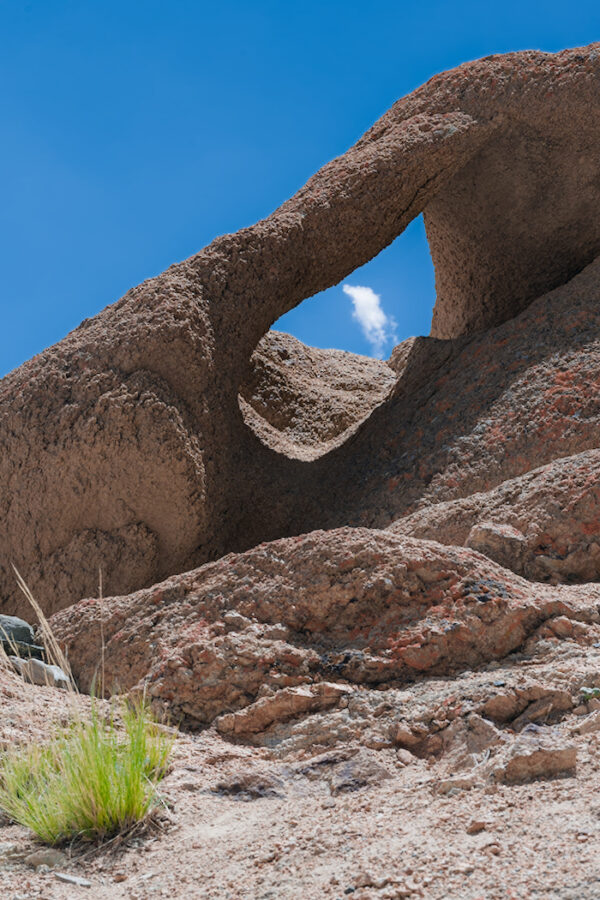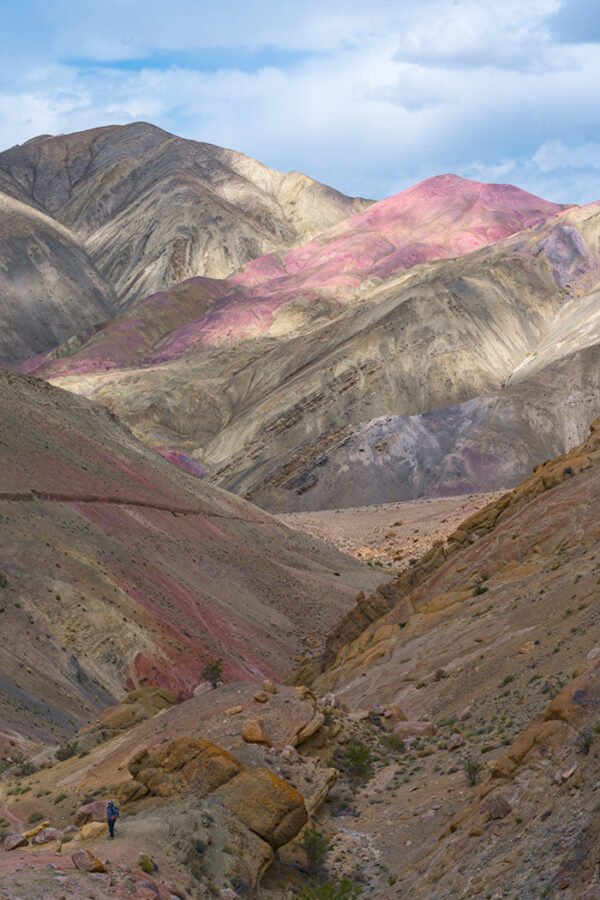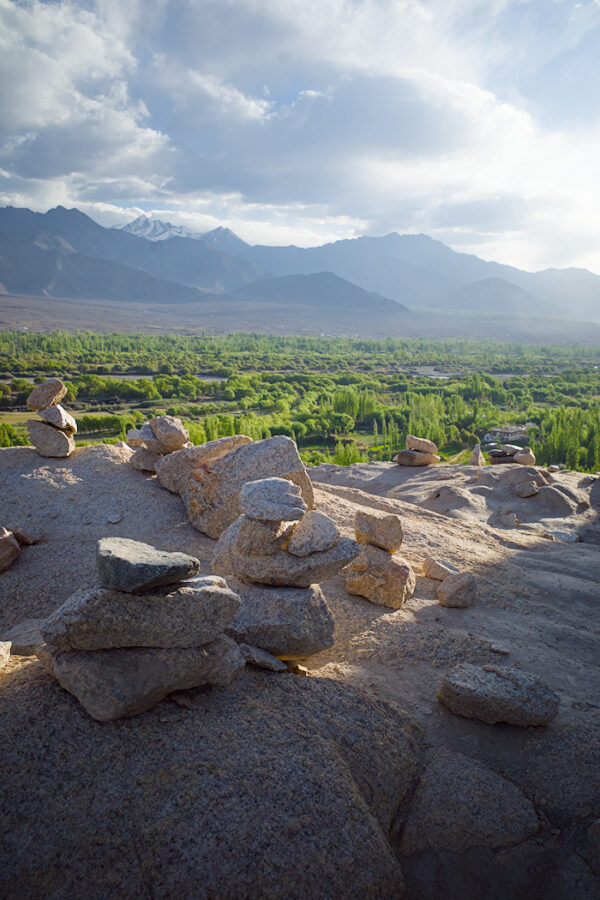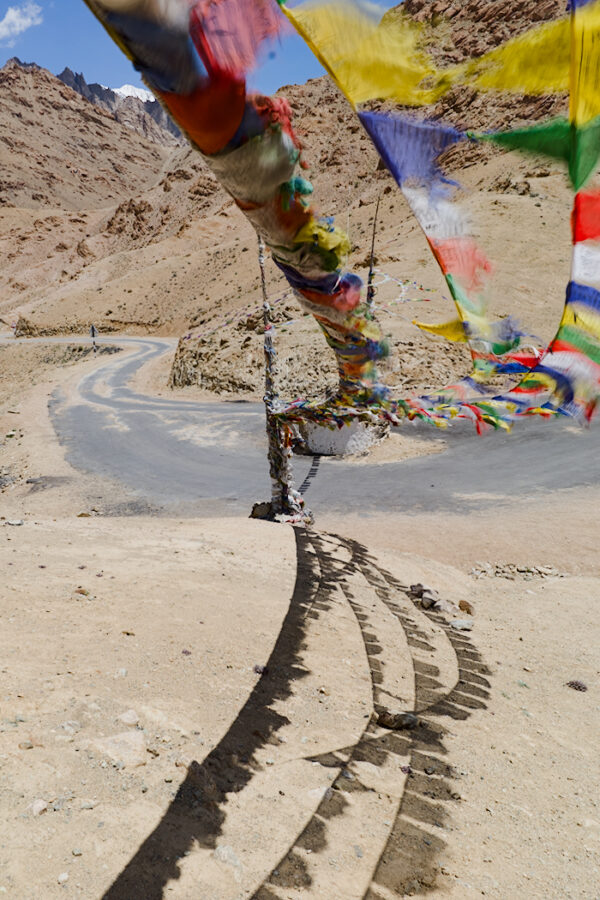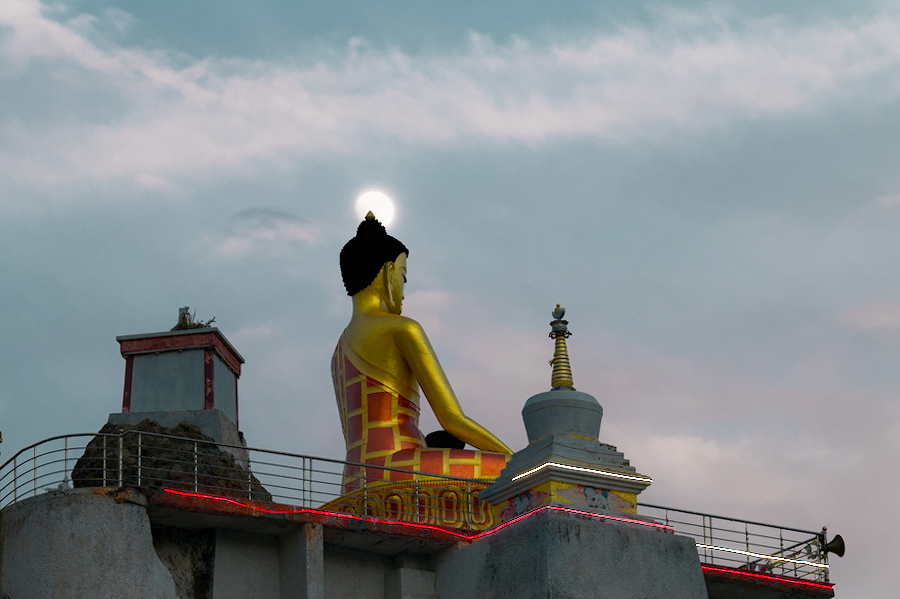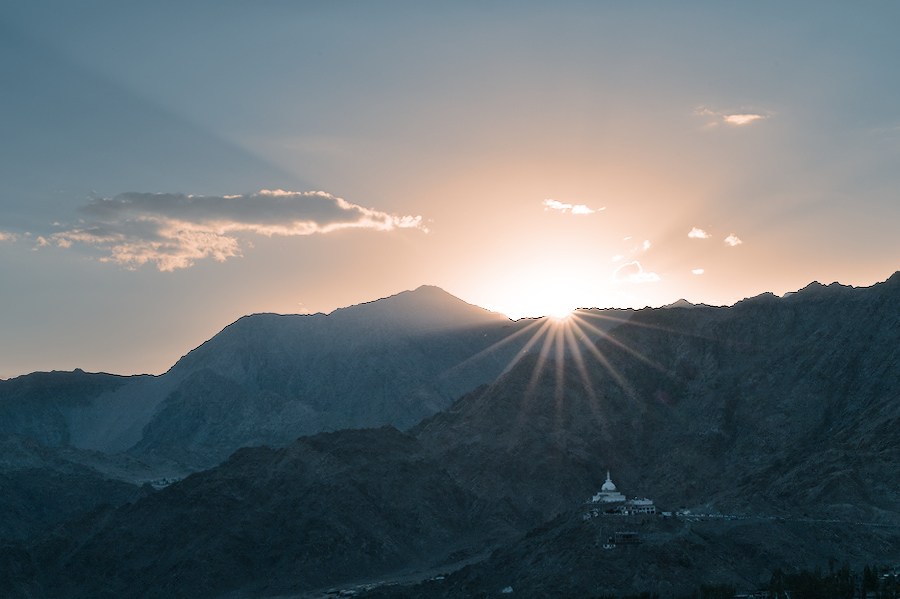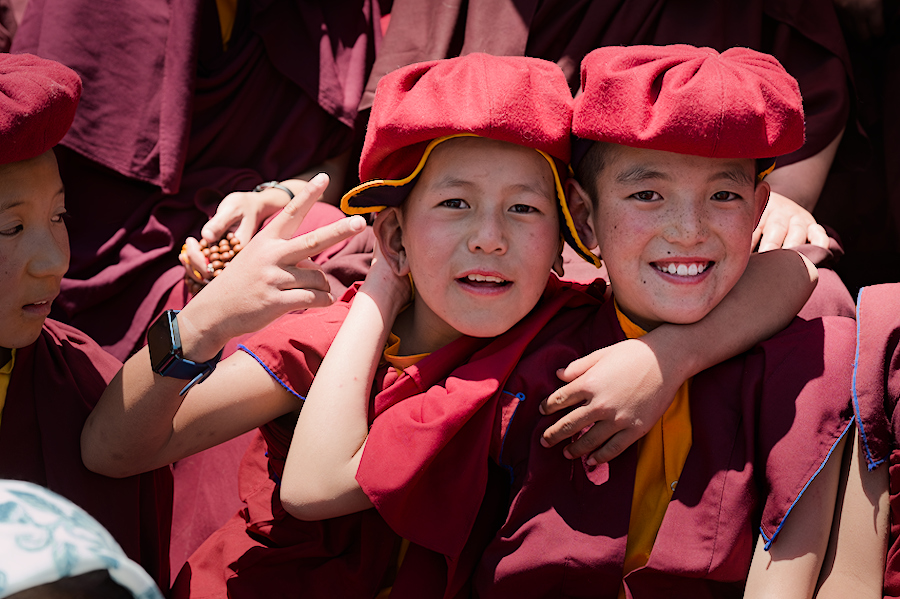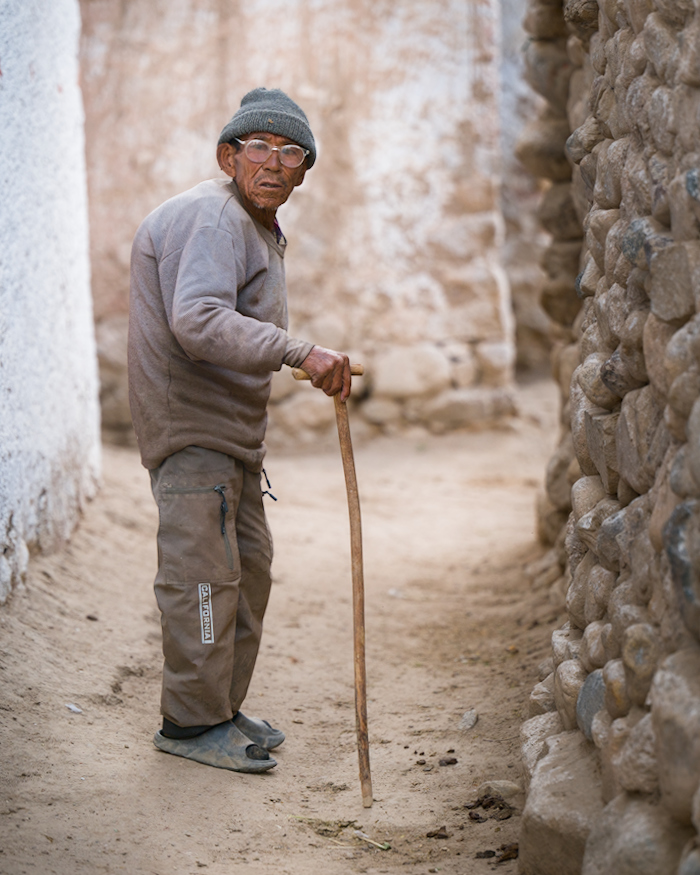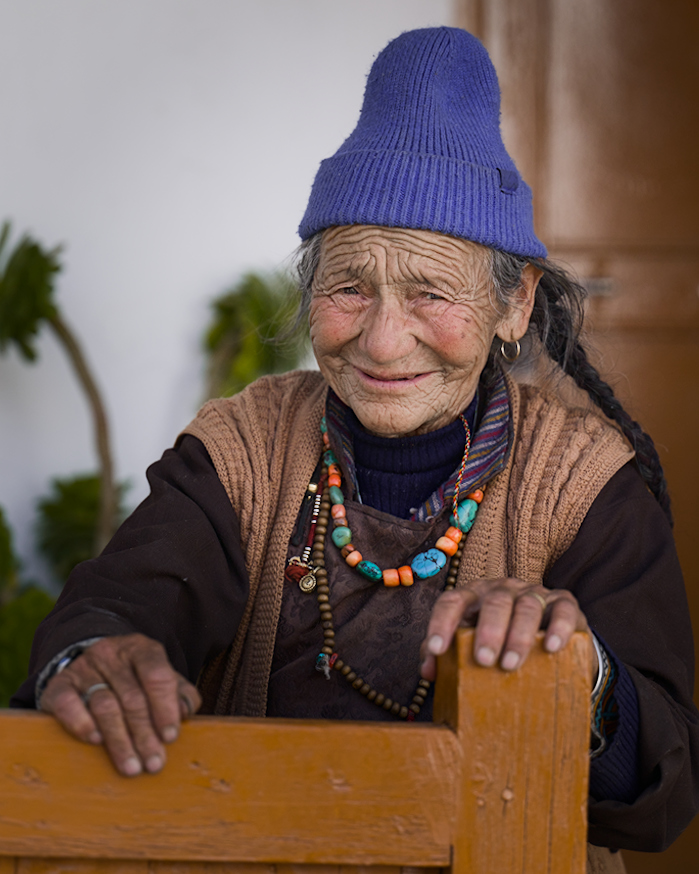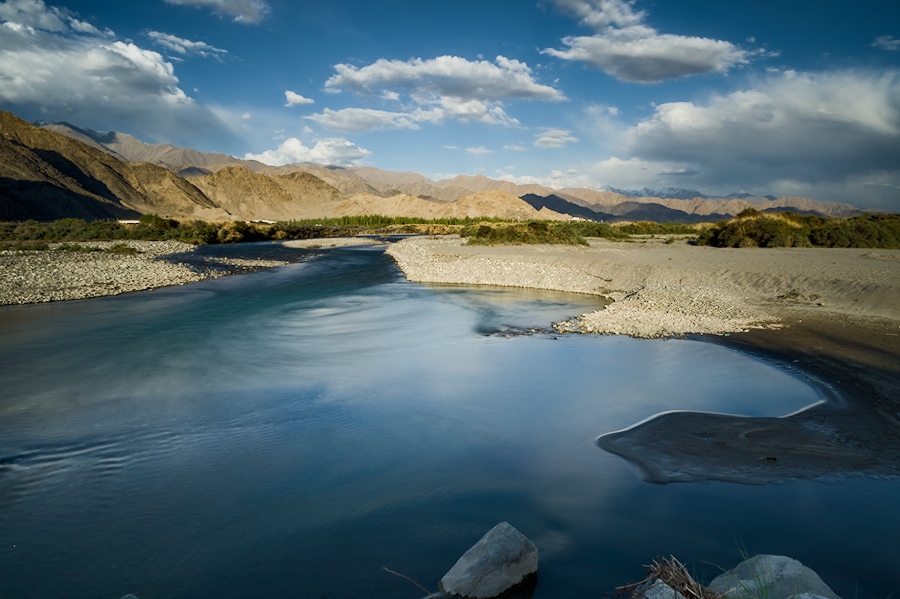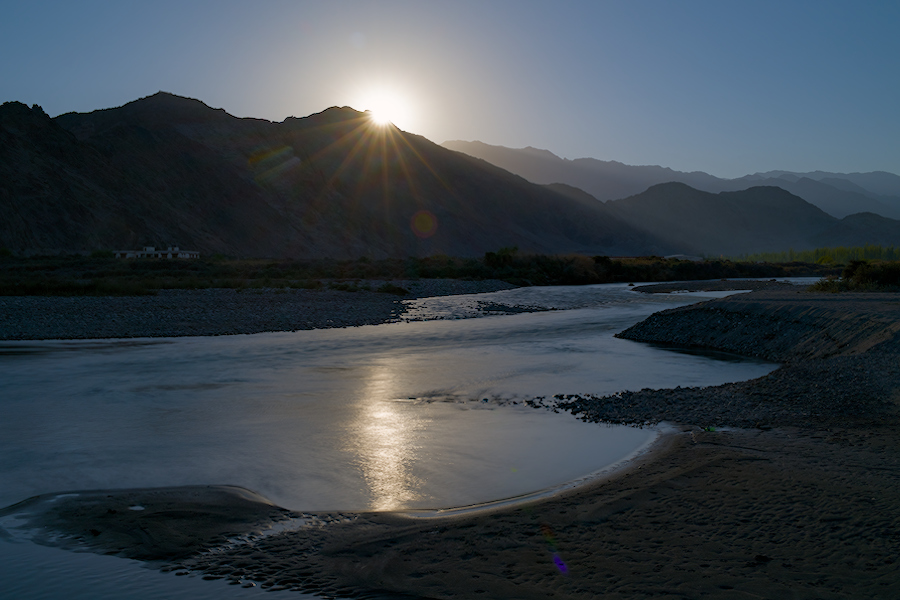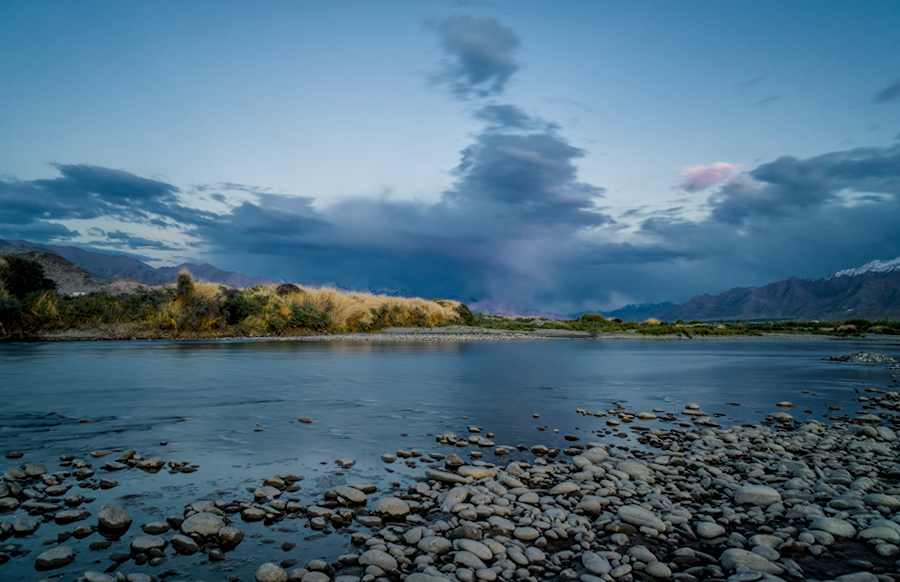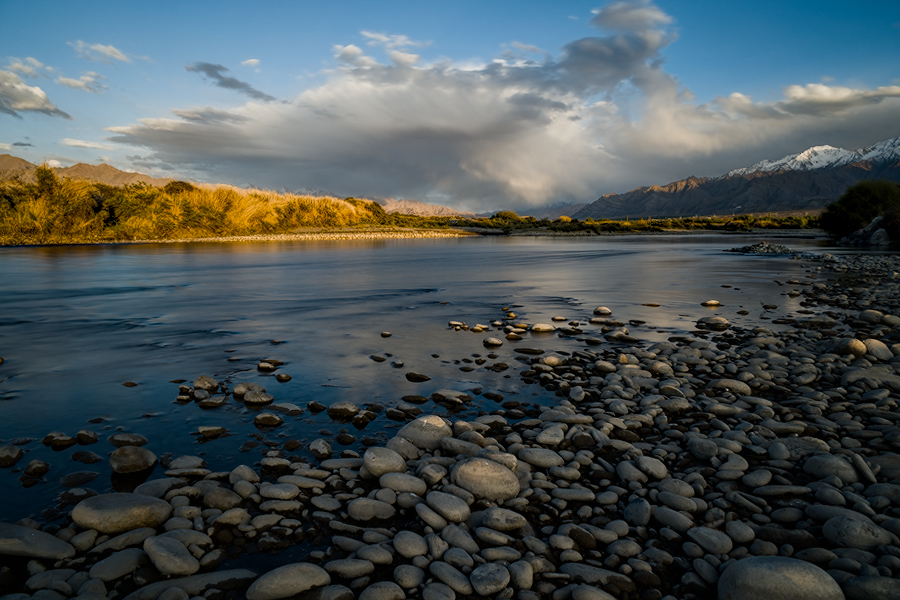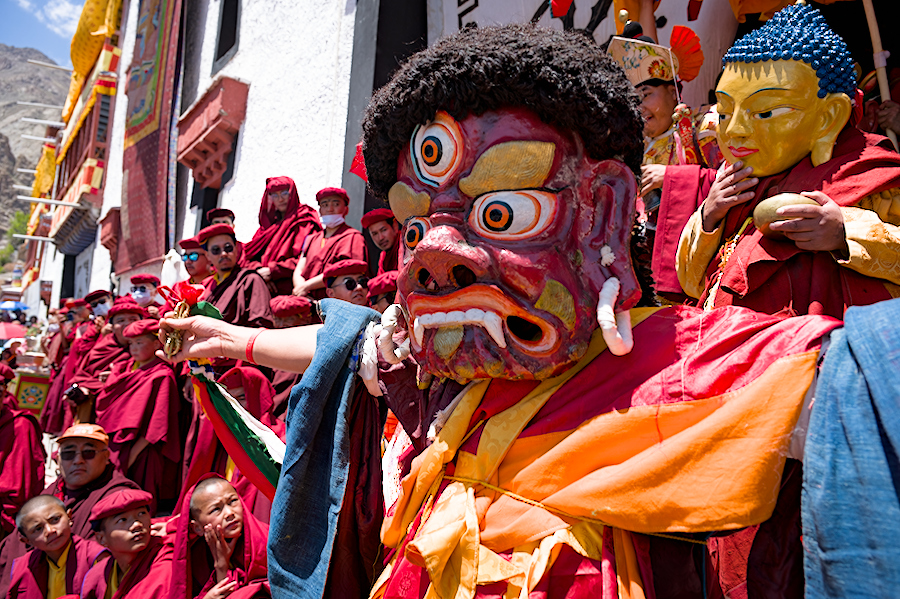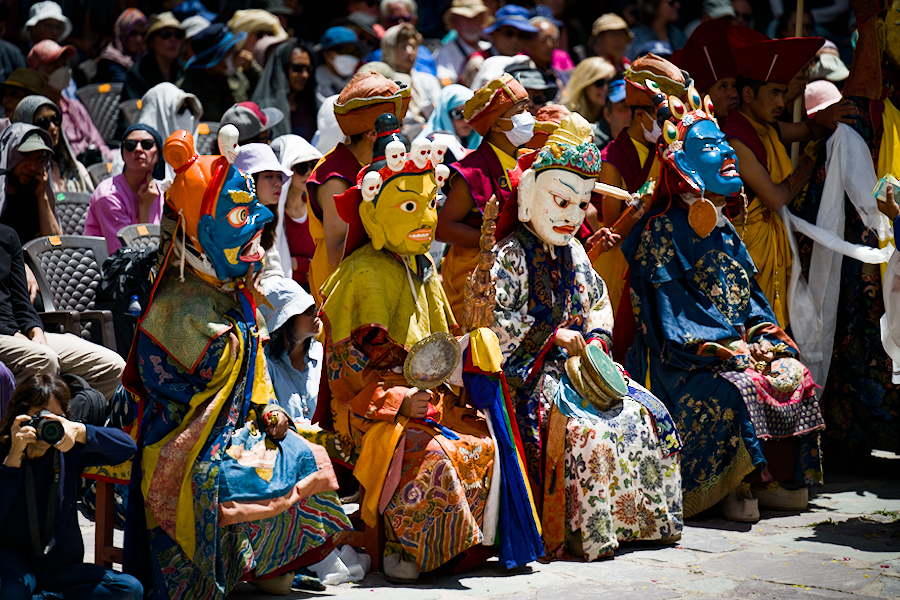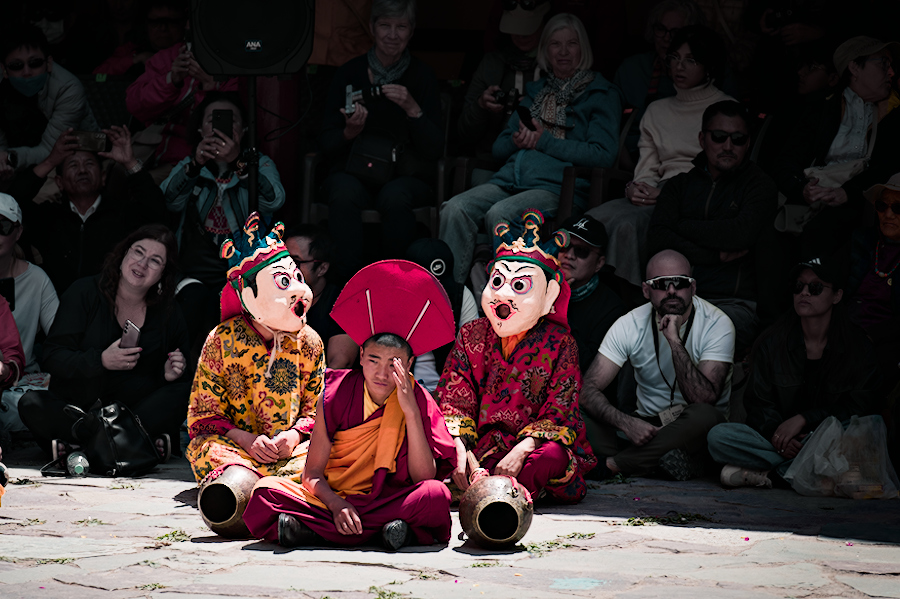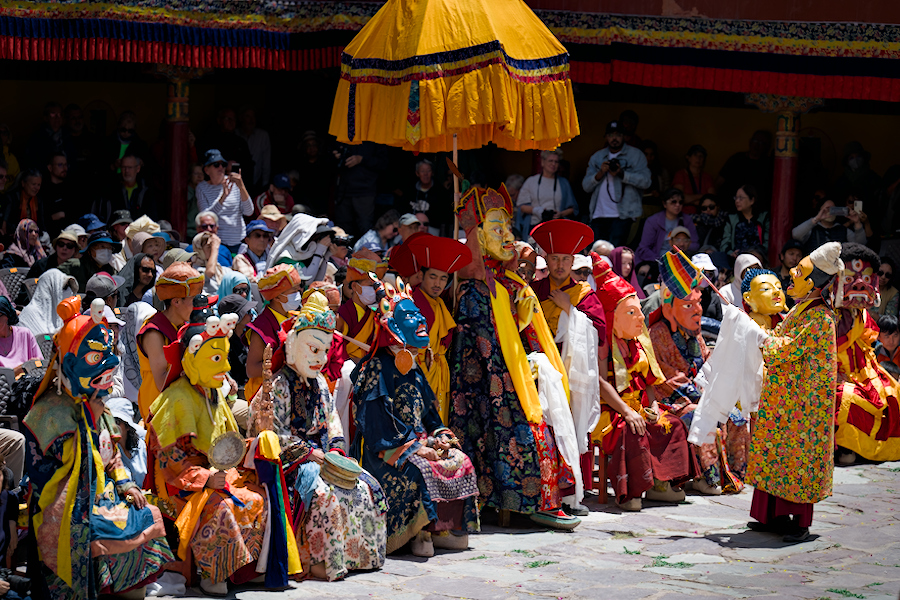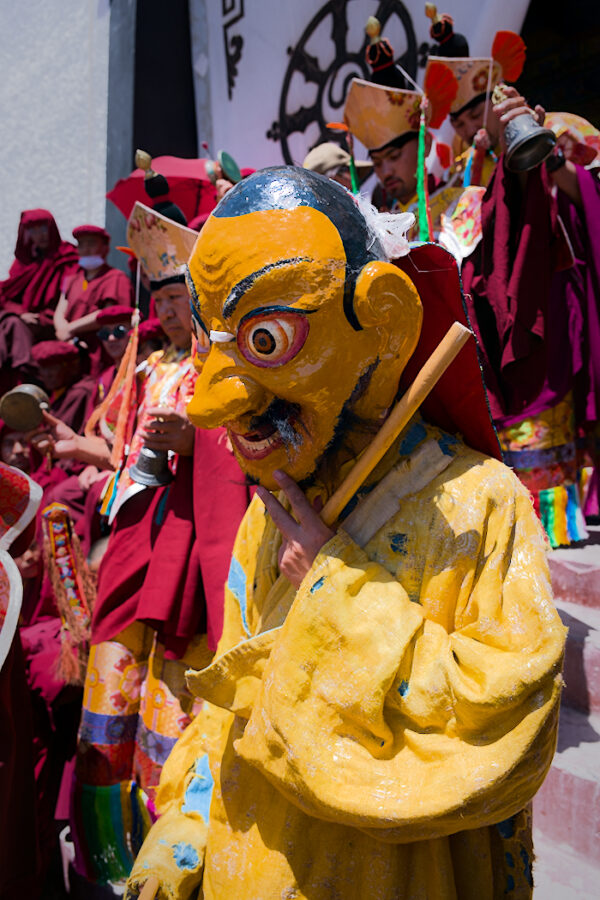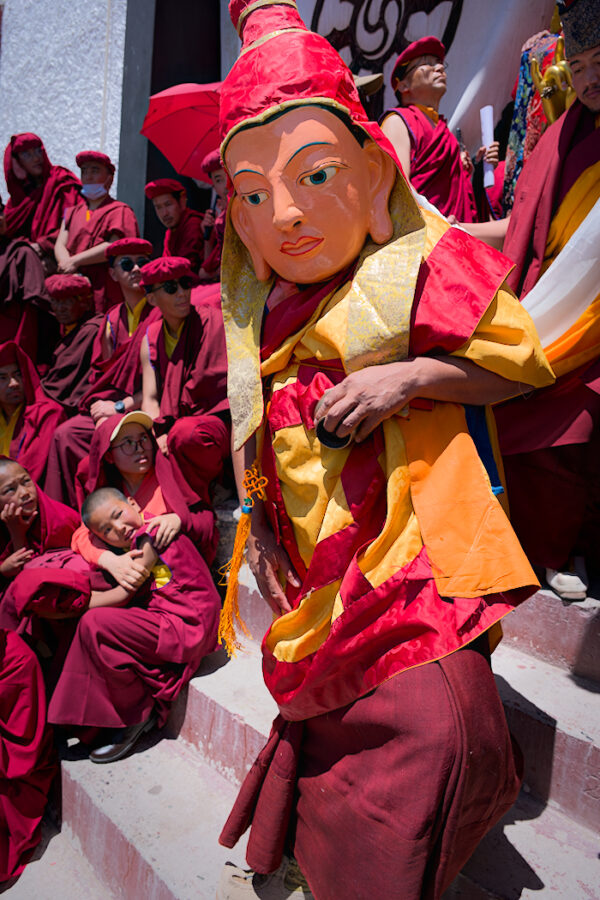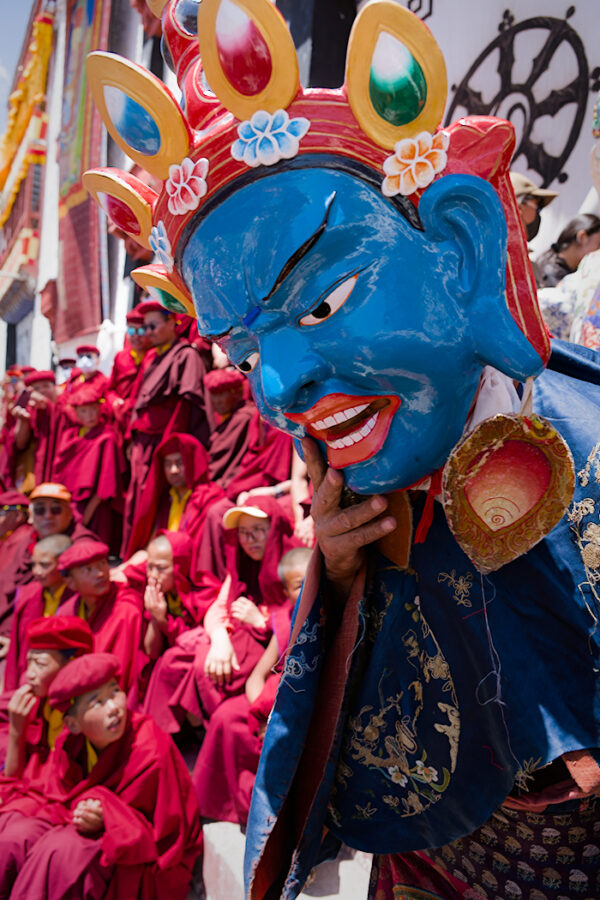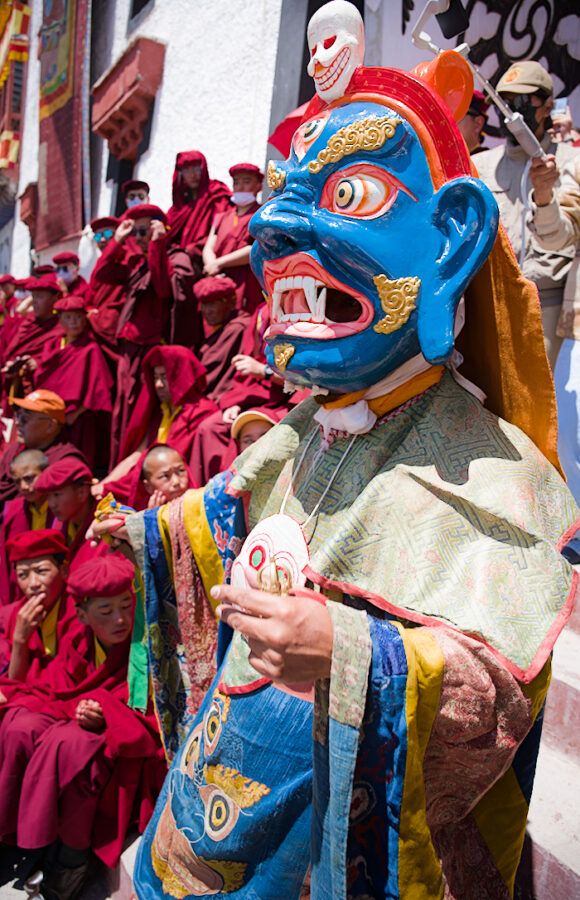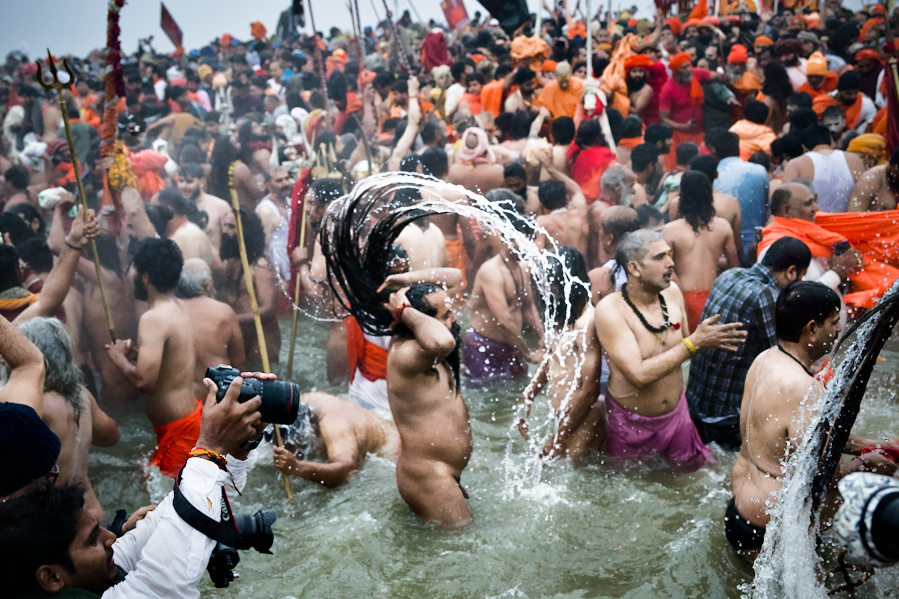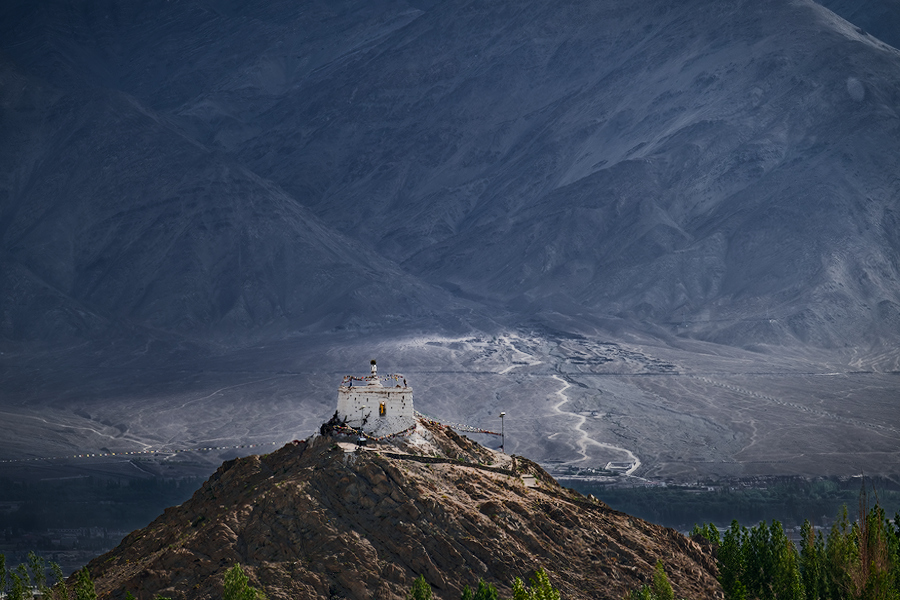High Passes and Cultural Crossroads: A Photo blog on Ladakh
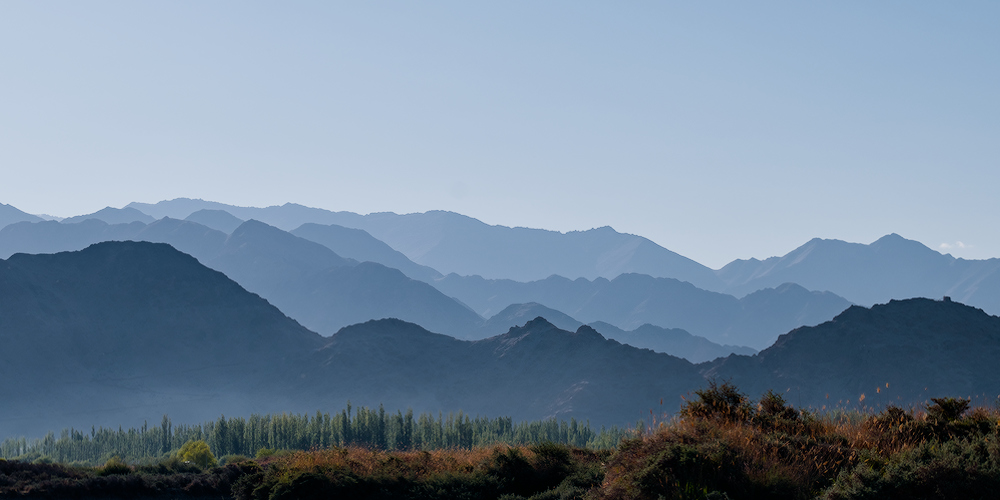
Its was less than a five kilometres hike, but it has left me winded because of the altitude, and a cough that I have been nursing for a week. Just a few days ago I was living at sea level in Mumbai, and today I am at 3300m, gasping for breath on a four day hike through this Trans-Himalayan range.
My phone is dead. Social media and news cycle are a distant memory. My day moves to the rhythm of the sun. The clouds take out the edge from sun’s harshness as we walk, and I am thankful for it. The water from the streams is fresh from a glacier melt, and tastes wonderful. I am experiencing this place like Ladakhis have experienced for thousands of years, except for better equipment maybe.
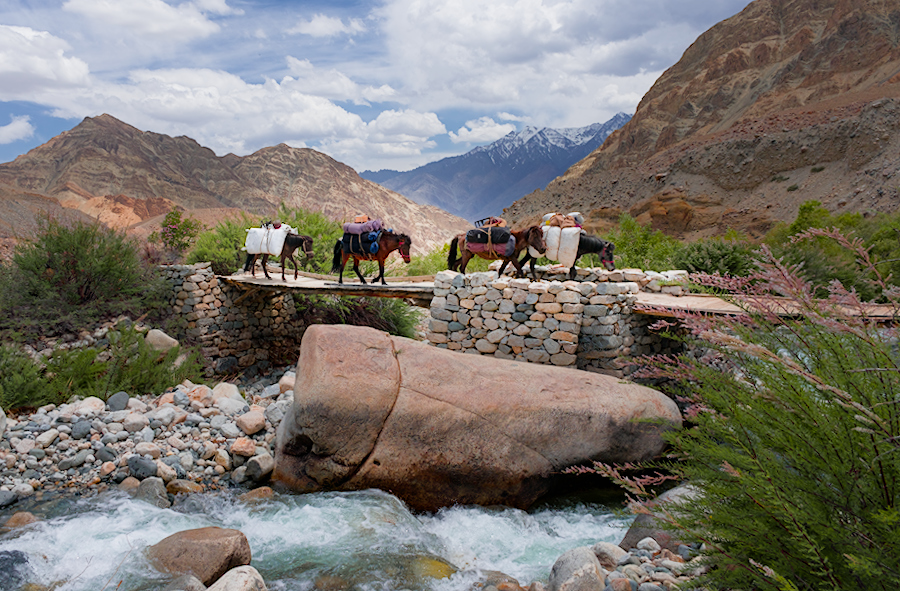
My thoughts walk with me. Thoughts of work, personal life, life’s philosophy, the tragedies and the celebrations. I only get to choose which thought to walk with. As I dwell on them and look at them through the physical discomfort of high altitude hiking while gasping for breath, they seem to lose their grip on me – its like therapy.
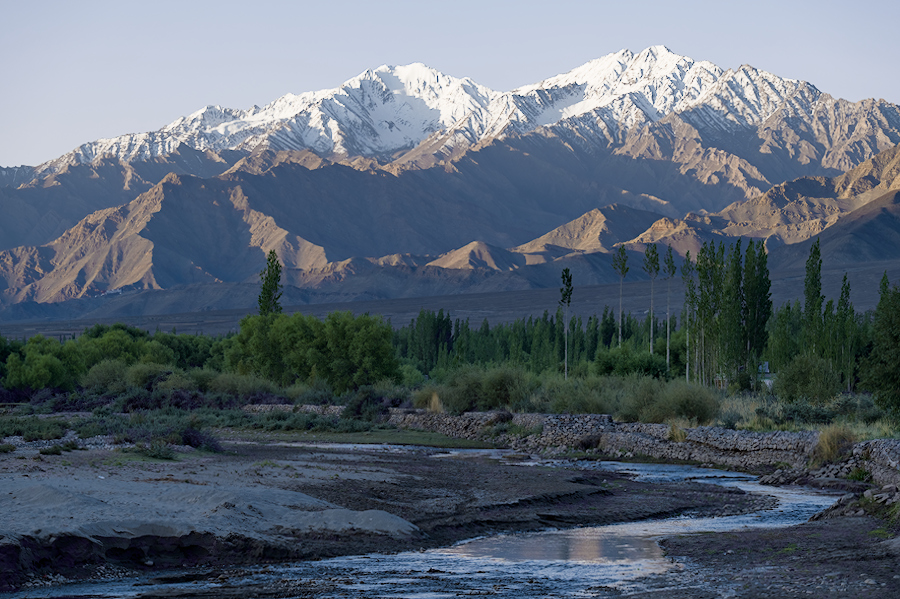
Our hiking guide choose not to bring chairs along because a pigeon had laid eggs on them, and his beliefs would not allow him to disturb the nesting bird, even at the cost of professional risk. He lights incense and offers prayers at all the high passes we walk through, an offering to nature – a throwback to the original faith of this region, Bon. He talks of his gratitude towards the land, and the animals who allow him to earn his living. There is no showmanship in his actions or a selling his ideas, just a deeply held belief which he only reveals when probed about it. Buddhism is the unseen force guiding people here.
Every step here thins the walls between pleasure and pain, the path to liberation
For me this hike is becoming a testing ground of the wisdom that Buddhism teaches – the way out of the suffering of Samsara is to treat pain and joy with equanimity. Every conscious step here thins the walls between pleasure and pain. They say that liberation lies when these walls dissolve, so maybe it lies around the next bend!
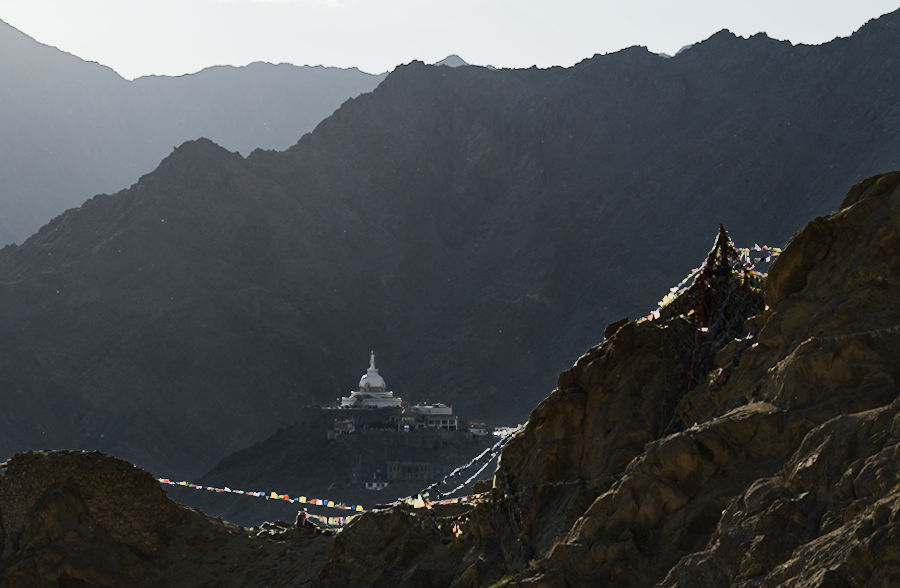
The nights are uncomfortable in the open camping grounds, Even though tents and sleeping bag are warm, the whole night goes in slithering slipping and coughing. Going to the toilet on the middle of the night is a big decision and commitment. We usually camp close to a village on a camping site with basic facilities of water, kitchen shed and toilets. All toilets have the same design, a hole in the floor, and thankfully they don’t smell.
The youth have moved out of the villages in search for jobs and education, and its mostly the old people left behind. Mountains are unforgiving on their old joints and frail health. They look much older than their actual age. Their memories are the last remnants of this fading culture and lived history, and will go away with them.
This is the last night of our camping. There is a meditative mood to the evening. I sit outside the dining tent with a warm chai, and watch a tree sway to the wind, like two old friends in sync The wind settles as sun sets. It is summer season, but I am shivering even with a layer of thermal inner wear. I sense the change about to overwhelm this culture.
Culture here is an adaptation to the land, and a mere tool for survival
The Ladakhi culture evolved as a response to the environment, which looms over everything. At the heart of it, probably most of the culture is an adaptation to the land and a mere tool for survival. What you eat, what you wear, how you spend your day, the common language and the common challenges shape that culture. Life revolves around winters, even the summers are about winters – a chance to store food, repair the houses, prepare for the winter. Here everyone has to carry that burden, and women have equal rights. Polygamy and polyamory have been part of culture. Resources are scarce, and mere survival is the goal here, and the rituals and culture probably help cope with it all.
We spend a night at Indus River Camp. I getup early to witness the sunrise on the Indus river, as the sun breaks out from behind the mountain. This river has been the reference point for India, and even gave India its name (Indus/ Hindos/ Indos). It has since then become the root of culture wars – is Hindu a reference to a religion or to geography, a name for people on the other side of Indus? Is it even fair to subsume all the practices on other side of the sub-continent under one name? It is an outsiders construct, imposed on the people, and undermines a culture that has always been syncretic. The river flows, showing no respect for the cultural or political borders, oblivious to the chaos it has caused, and serving as a lifeline to millions across India and Pakistan.
The Indus river flows, oblivious to the cultural chaos it may have caused
This is not the Himalayas. It is part of the trans-Himalayan range, and shares its geology with the Tibetan plateau. Culture here has pre-Buddhist roots, and even Buddhism has elements of the Bon traditions. This land has been a trade route, and on the borders of many nations, which gives it a frontier spirit and adds to its cultural evolution.
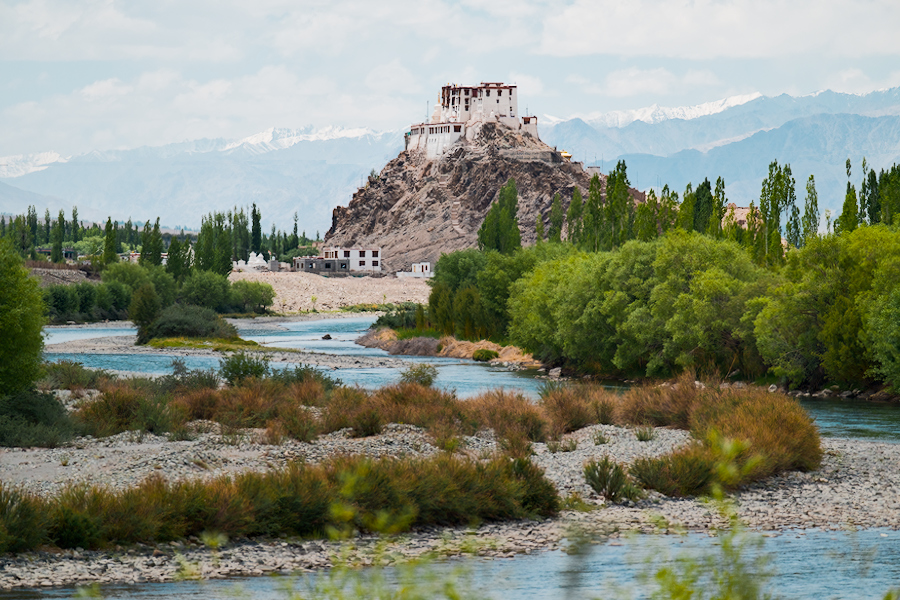
The palaces and Monasteries have survived thousands of years, but it’s uncertain if they will survive the shoddy repair jobs with the cheapest quotes. The biggest existential threat to Leh palace is from being washed way in pee – men seem to like to pee into the wall of the toilet which is seeping into the walls weakening them. So as a safety precaution toilets are closed to public now.
The are all built on some handsome hillock, overlooking the valley. The palaces are all small and dark, the architecture is basic, and is difficult to imagine royalty living here. Most of the older places and forts have been adopted by the Buddhists as monasteries, ensuring some basic level of upkeep and maintenance.
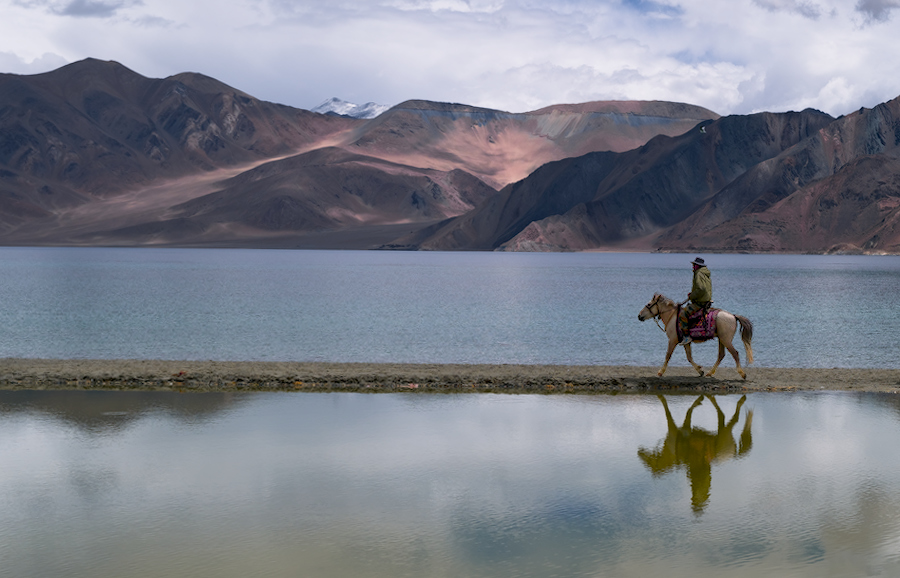
We stop for lunch on the way to Pangong lake. A group of solders are sitting on the table next to ours, dressed in their combat gear. They look like fresh recruits, maybe their first posting here. The pact that soldiers have with the nation is to lay down their lives in the line of duty if needed – a level of commitment that has no parallel. I remember when my father, an Army veteran, used to be deployed into such remote locations. and how tough it used to be on him and our whole family.
We offer to pay for their meal. They are a bit taken aback, and resist it. It became too awkward for them as we continue to insist. They relent, thank us and quietly walk out.
Level of commitment of soldiers, to lay down their lives in the line of duty, has no parallel.
The presence of the Army creates a complex dynamic with the local community. It brings in many resources, jobs, infrastructure, but it takes away the tranquillity that the people here have been used to. There as no resources here worth fighting for, but it has still become one of the world’s most sensitive and contested lands.
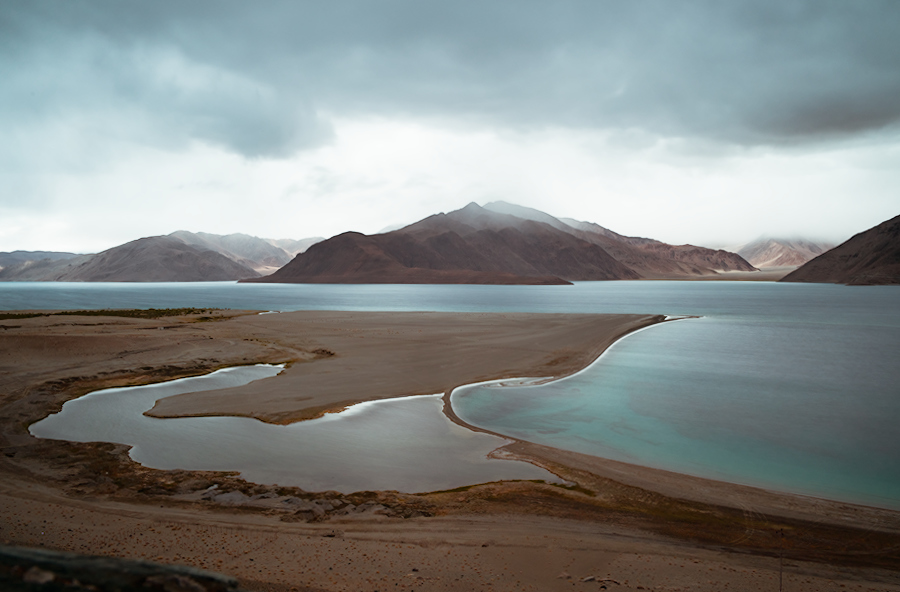
A new form of culture is taking hold which values things for their viral ability, and nothing else.
The Pangong lake is spectacular, the blue sky and the blue water are separated by the jagged mountain ranges, a sight unique to Ladakh. Not a blade of grass grows around this massive pool of water. A decade ago only a rare adventurer would land up here. Then a Bollywood film (Three Idiots) showcased it, and now there are tourist installations everywhere and Insta influencers lining to up take selfies. A new form of culture is starting to take hold, which values things for their viral ability, and nothing else.
All flights were cancelled yesterday because of unexpected rains. Those stranded are scheduled for flights four days later since this is a high tourist season. Our flight is still on schedule, but the pilot has announced that rain is thirty minutes away, and he hopes to fly out before it arrives. Then there is an unexpected delay in boarding because of loading a passenger with a deep leg fracture. A few raindrops are starting to fall and anxiety builds all around, and the staff rush around to finish the boarding. We exit Leh just in time as rain sets in again.
This culture will not survive the onslaught of modernity, tourism, army buildup, Instagram influencers and the sharp demographic change
I looks down at the incredible landscape as we fly out, thinking about the last few days of immersion. The land is a harsh teacher, and has shaped the rugged spirit of the people here over thousands of years. The traditions have evolved in rhythm with the place, and have helped them survive. But these lived traditions will not survive the onslaught of modernity, tourism, army buildup, Instagram influencers and the sharp demographic change. This is a unique heritage of our world, which is still a lived culture, but will probably be relegated to museums and curios shops in just a few decades. I feel lucky to have experienced a small part of it, for real.
(The travel itinerary curated by Break Away)

